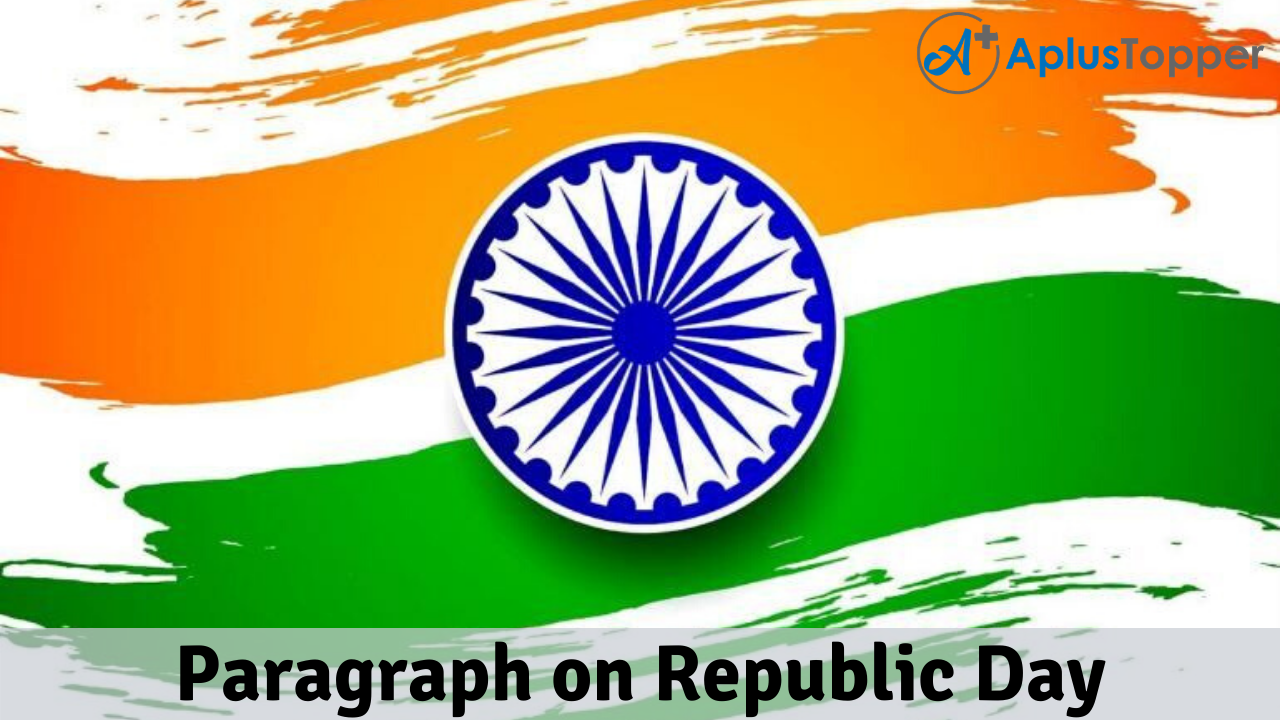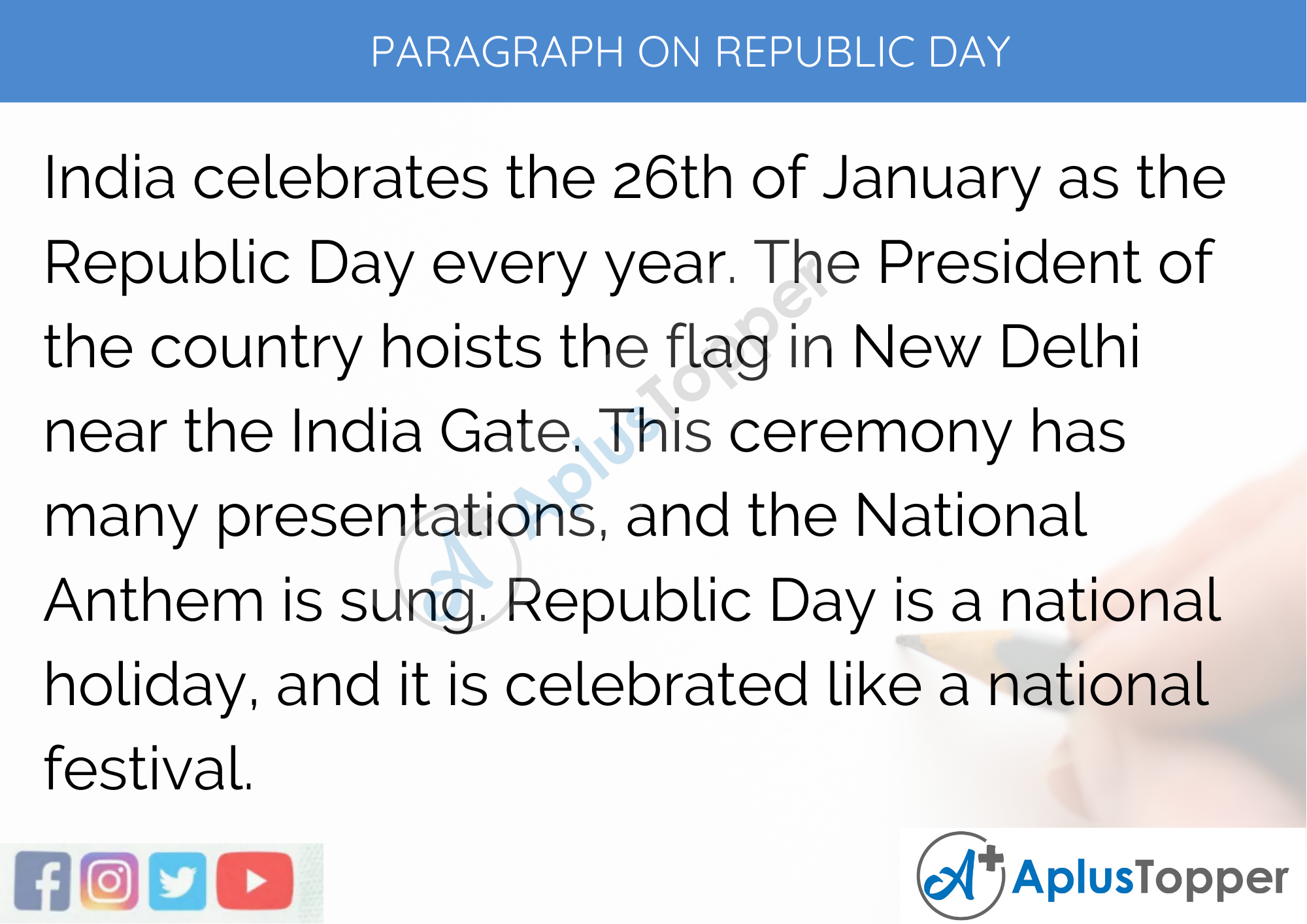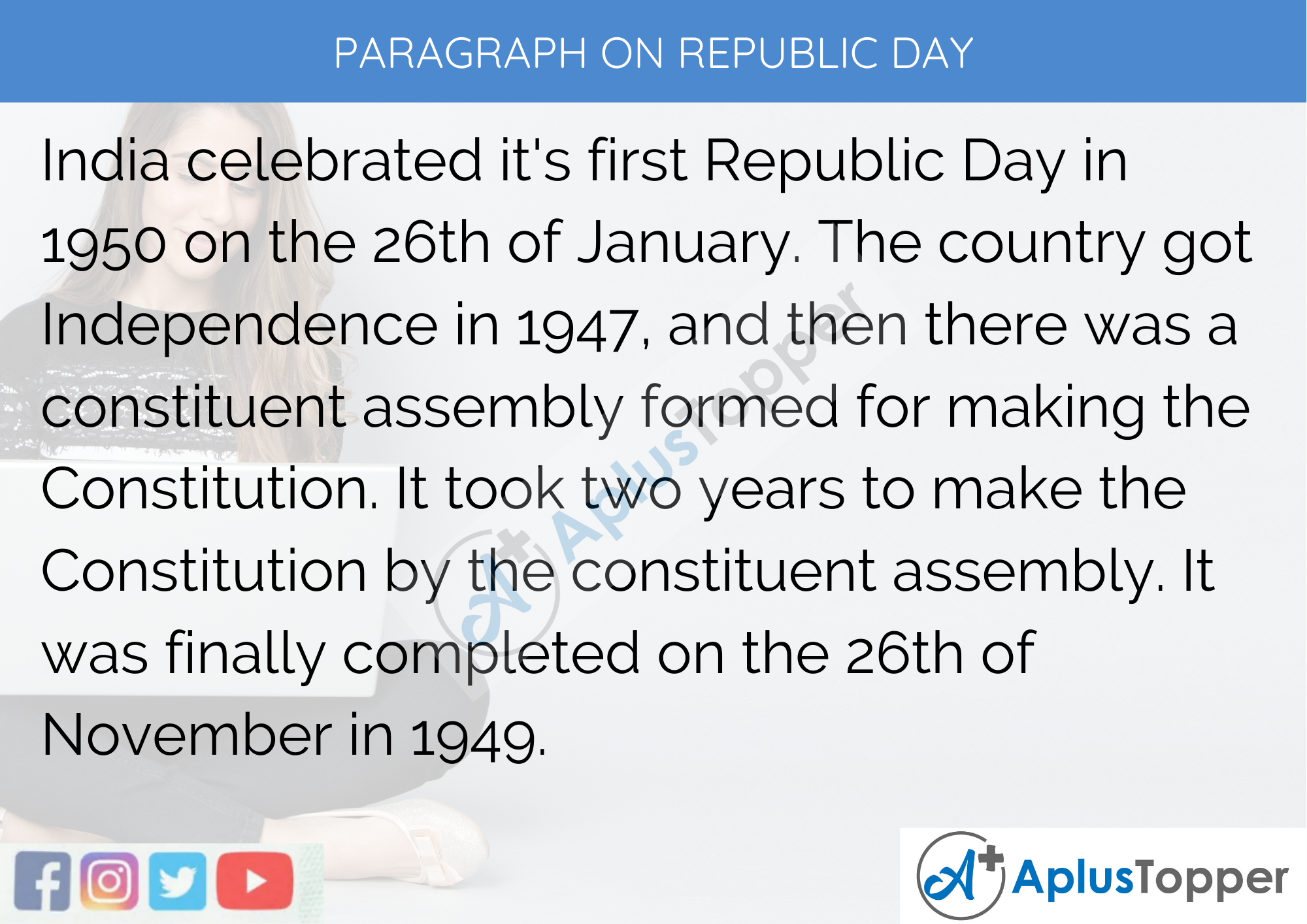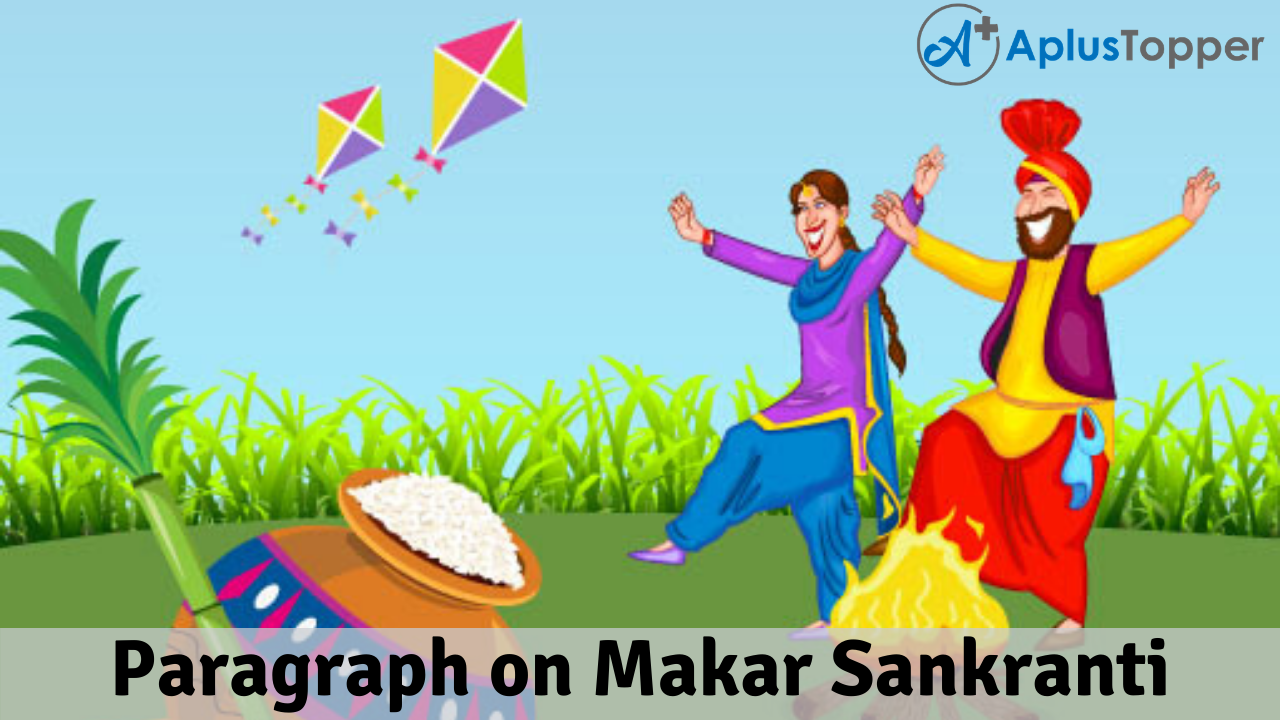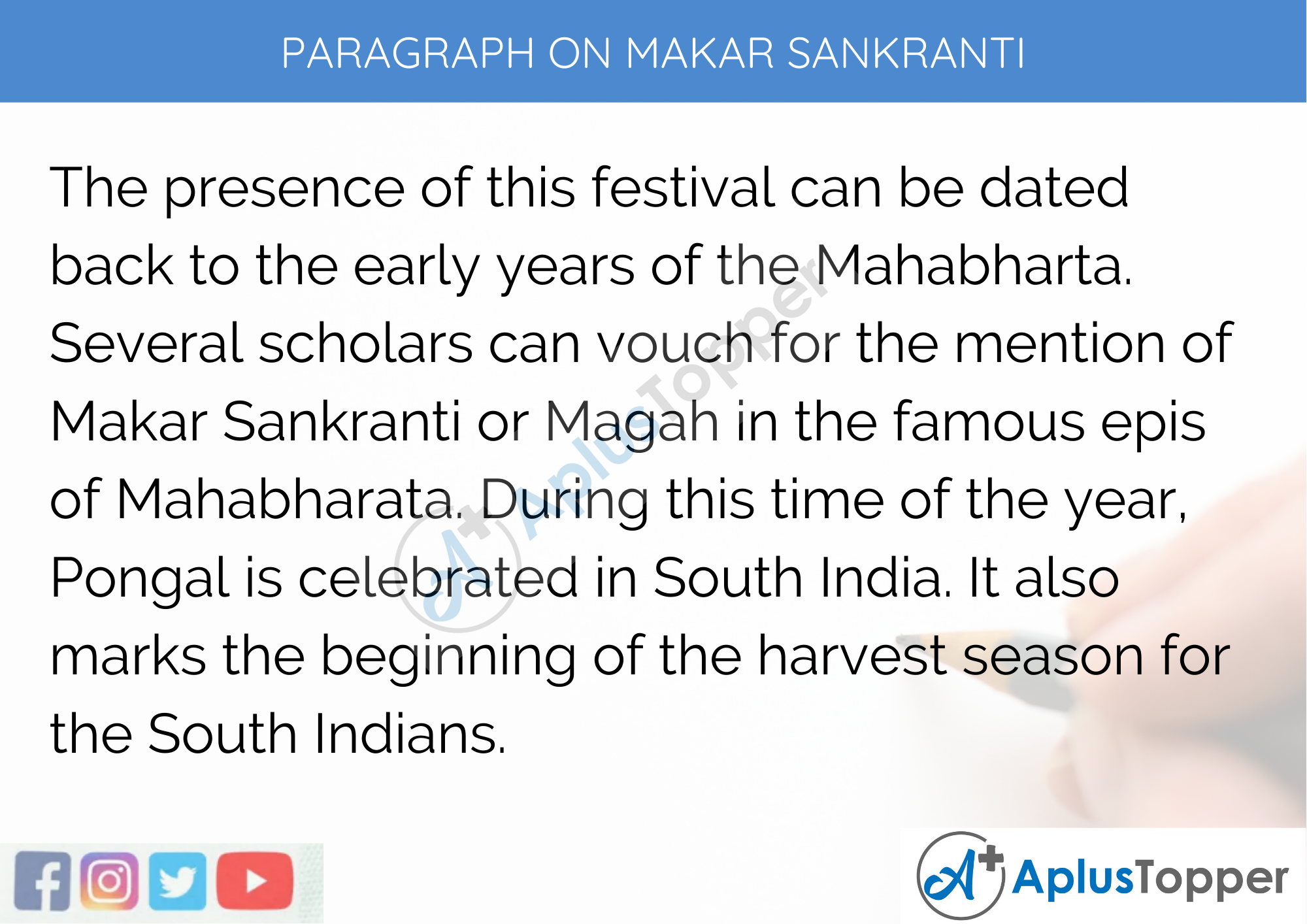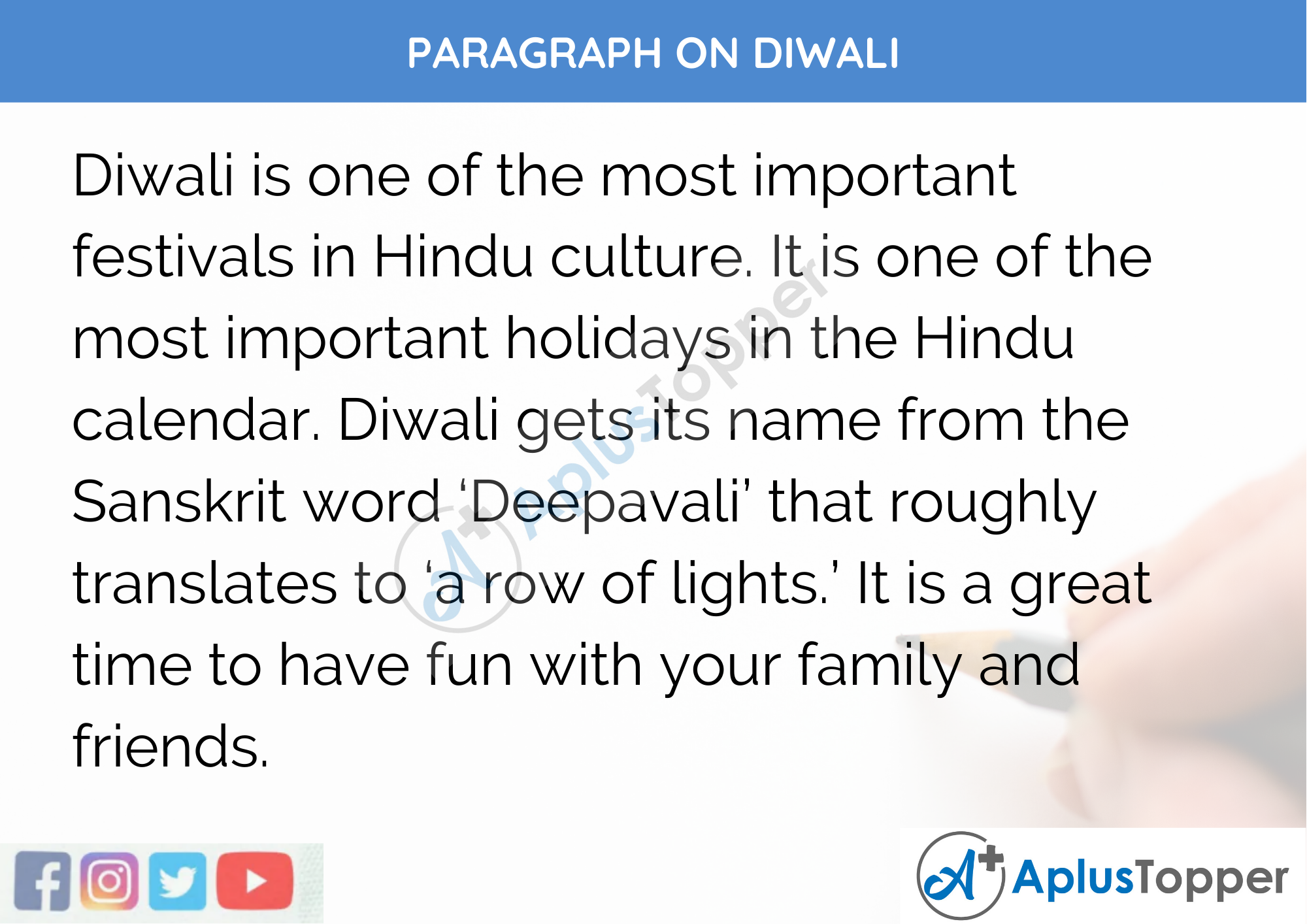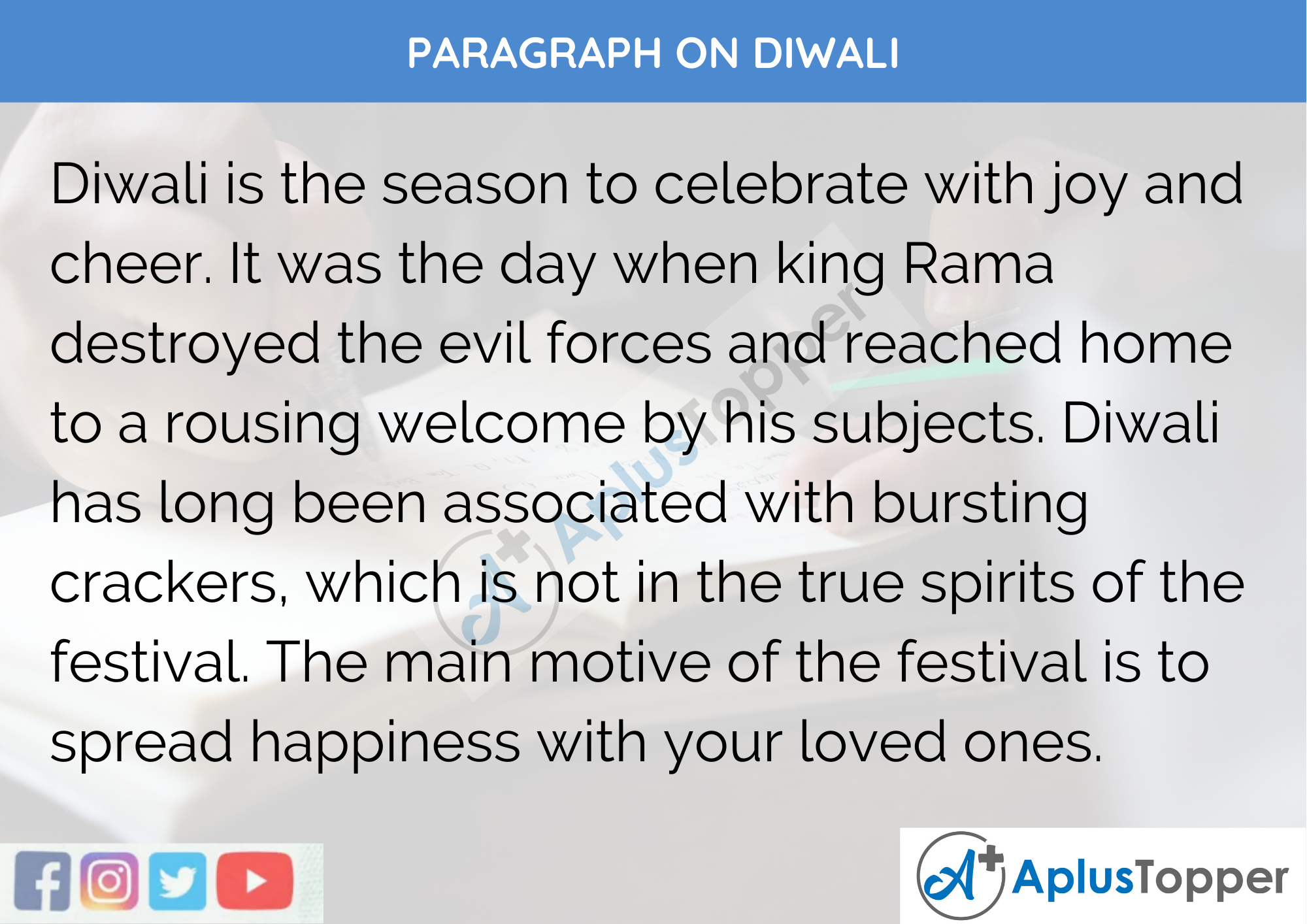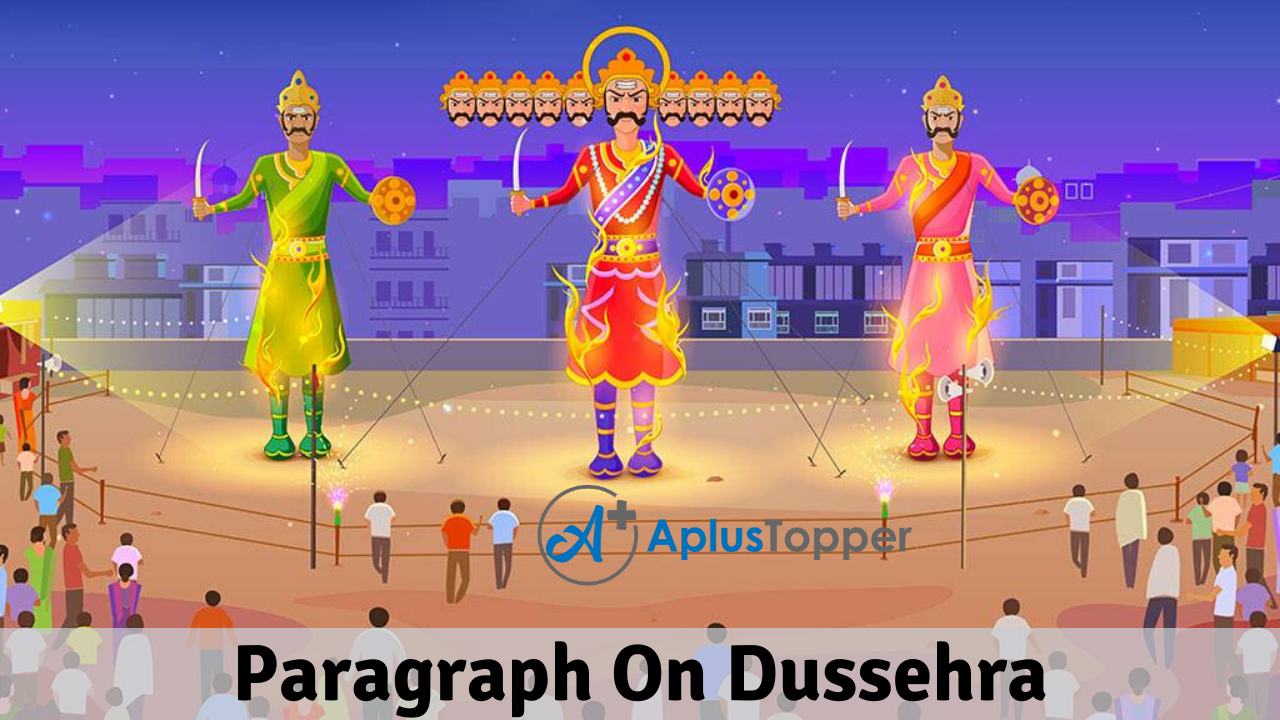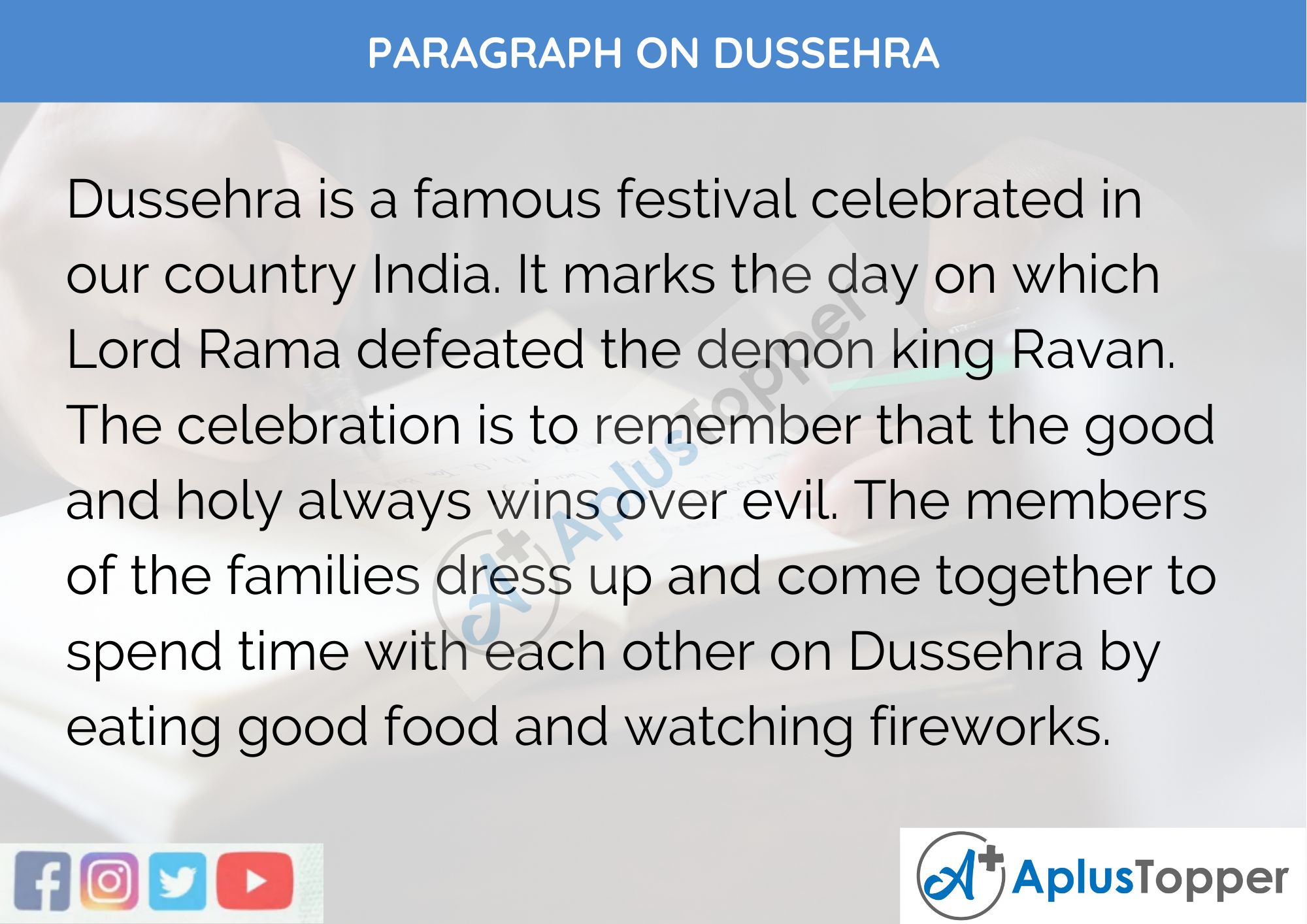Paragraph on Holi: India is a land that represents the blending of beliefs, diversities and cultural celebrations we call “festivals”. According to Hindu mythology, Holi is a festival cherished through colors that symbolize the power of love and the victory of good over evil. The paragraphs given below will further enrich our idea of the history and happiness associated with “Holi.”
You can read more Paragraph Writing about articles, events, people, sports, technology many more.
Paragraph on Holi – 100 Words for Classes 1, 2, 3 Kids
Holi is the festival of colors celebrated with our loved ones. It is one of the biggest festivals in our country which comes every year during March. Children, adults and even the elder citizens take part in the fun and preparations of Holi for three days starting from a full moon day. People from all religions play Holi by exchanging sweets, gujiya, thandai and splashing colors on each other. Water guns and water balloons are also used by children during the Holidays.
This is a time to share love and happiness with our friends and family. People should always remember to use natural colors to keep themselves and their guests healthy and safe during Holi.
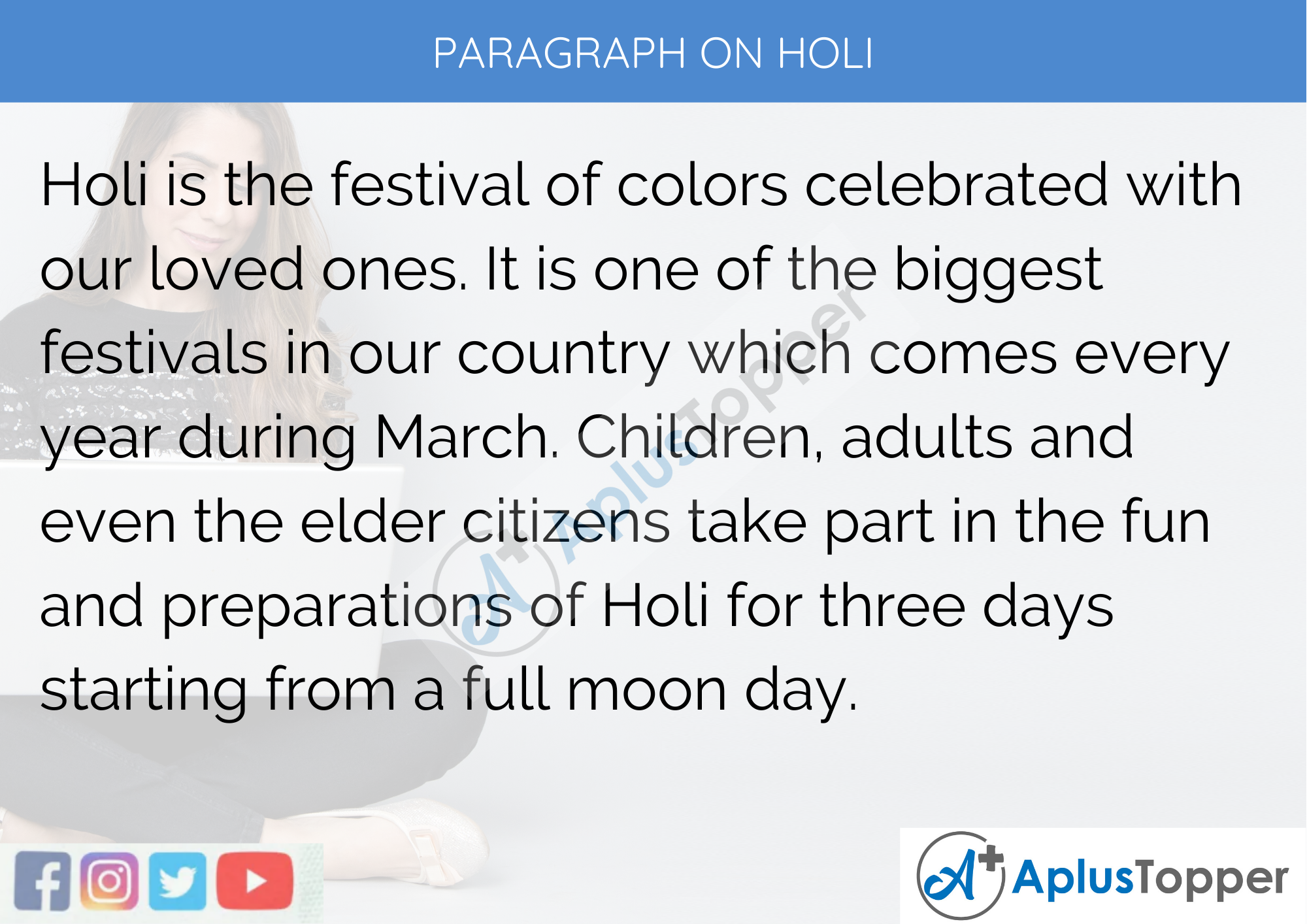
Paragraph on Holi – 150 Words for Classes 4, 5 Children
The festival of Holi marks the beginning of spring every year and adds happiness to the lives of people. It is celebrated by people who believe in Hinduism but the festivities are enjoyed across the country irrespective of religious beliefs.
Holi is based on the cycles of the moon and it celebrates the strength of goodness and love. Families bond, friends forgive each other and unite to enjoy the celebration of colors. People visit each other’s houses or gather in a public place with sweets, colors and love. The festival is celebrated for three days starting with the rituals of Holika Dahan, Choti Holi and the final day of Holi celebrations.
People need to make sure Holi is played in a safe environment. The use of artificial, mixed colors and harmful elements should be avoided and Holi must be celebrated with love, life and laughter.
Paragraph on Holi – 200 Words for Classes 6, 7, 8 Students
Holi, the celebration of hues, marks the onset of goodness, prosperity and positivity with spring every year. According to the faith and legends of Hinduism, different parts of India find a different significance in their “festival of colors”. Some parts believe Holi is meant to cherish the love between Radha and Krishna while others take this opportunity to rejoice the defeat of evils within and around us. For many others, Holi is a period of pure love, forgiveness and fulfilment.
The festival spreads over three days starting with “Holika Dahan”- the full moon night when rituals and offerings are performed near a bonfire to destroy the inner and outer evils residing in this world. This is followed by Choti Holi and the third day of Rangwali Holi when people across the country indulge in the festivities of colour. Holi comes with a chance to forgive, to mend broken bonds and to love again through the exchange of food, sweets, colors, embraces and smiles. Friends and relatives visit each other on this auspicious day to seek blessings and spread happiness.
While different parts of the country find different methods to enhance the excitement of Holi, irresponsibility and the use of artificial colors and intoxicants only bring down the spirit of the festival meant to splash happiness and hues.
Paragraph on Holi – 250 to 300 Words for Classes 9, 10, 11, 12 and Competitive Exams
As a country of numerous cultures, ethnicities and faiths, India celebrates countless festivals in its calendar throughout the year. Among the most largely known festivals, we find Holi – in simple terms the celebration of colors but as we dive a little deeper, Holi seems to bring with it a plethora of meanings and historical, cultural and traditional significance.
Holi, to some people, is the festival of love shared by Radha and Krishna – a form of love that needs no specific name, form or shape. To others, it is a story of how the good in us always emerges victorious over the evil. While for many others, Holi is an opportunity of fun, frolic, forgiveness and compassion. Spread over three days, the Holi rituals begin with the destruction of evil symbolized by a bonfire on the first day and celebration with colors, prayers, music, dance and blessings on the other two days. The primary colors used represent various emotions and elements like blue for Lord Krishna, red for fertility and love and green for new beginnings.
The festival of Holi finds a place not only in our real life but also in art, media and music as various songs, movies and shows mention Holi with diverse forms and references. More often than not, people embrace this occasion to wipe memories of hurt and anguish and replace them with brotherhood, kindness and enjoyment. People across the barriers of age, generations, caste and creed become a part of the celebrations in all their colors.
In recent times, the spirit of Holi has lost its charm due to the excessive use of intoxication, artificial and potentially harmful color and other irresponsible incidents. It is, thus, necessary to keep the “fun” alive but also preserve the festival for what it signifies – love, happiness and the sustenance of good over evil!
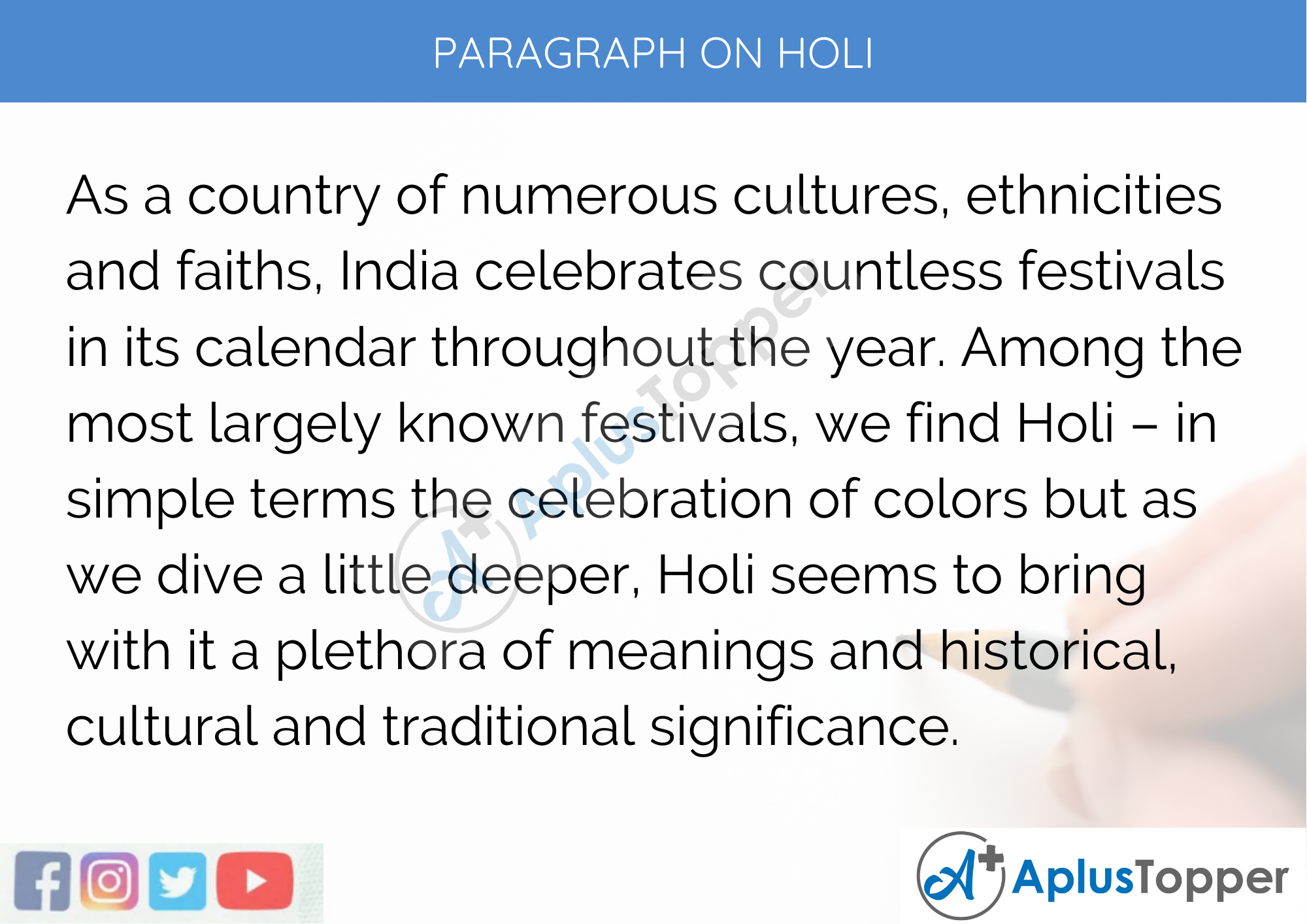
FAQ’s on Paragraph on Holi
Question 1.
Is Holi celebrated only in India?
Answer:
Holi is celebrated in India but over the years, people from all over the world of all religions have also taken part in organizing this festival in their own country.
Question 2.
Why is it recommended to use natural colors?
Answer:
The country has seen an increase in skin diseases of different intensities along with many other health problems.
Question 3.
Which are the best places in India to celebrate Holi?
Answer:
Every part of India celebrates in its own way but Mathura, Delhi, Jaipur and Agra may offer grand Holi celebrations.

